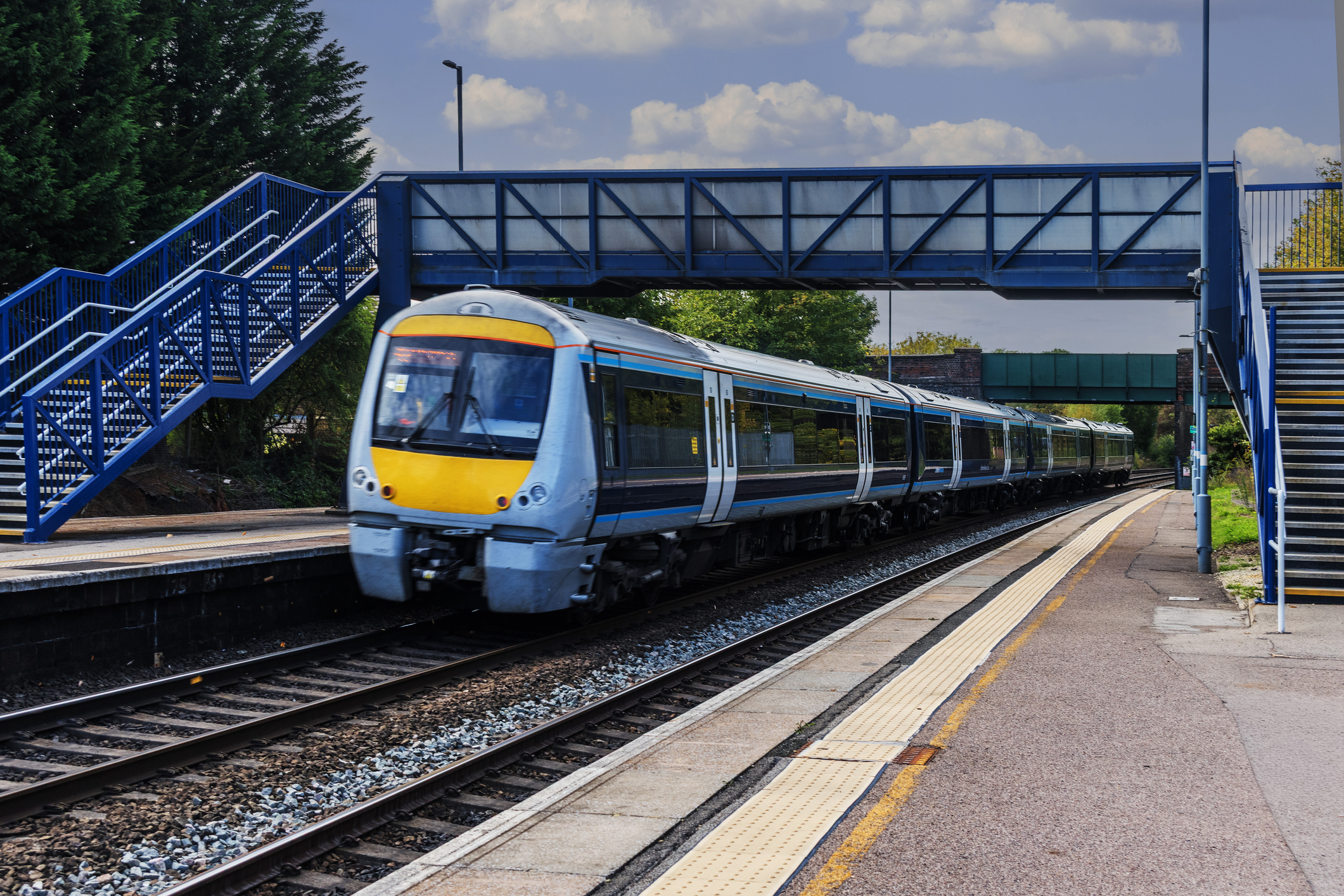Microfinance: a solution to poverty - but does it work?
Muhammad Yunus, founder of The Grameen Bank, has just won the 2006 Nobel Peace Prize for his scheme to give loans to the poor. Is it all it’s cracked up to be?
Muhammad Yunus, founder of The Grameen Bank, has just won the 2006 Nobel Peace Prize for his scheme to give loans to the poor. Is it all it's cracked up to be? Eoin Gleeson reports
Why is microfinance in the news?
Muhammad Yunus, the pioneer of microcredit, was awarded the Nobel Peace Prize last week "for his efforts to create economic and social development" in poverty-stricken countries. Yunus's idea, to grant small loans to poor families to help them grow their businesses, has become a popular cause among politicians and is said to have lifted 100 million people out of poverty over the last three decades. Inspired by the terrible Bagladeshi famine of 1974, Yunus was moved to offer 43 impoverished families a loan of $27 each so that they could create small items for sale without falling prey to predatory lenders. The success of the venture lead him to set up The Grameen Bank (literally, "Bank of the Villages" in Bangla). The project has loaned $5.72bn to 6.6 million impoverished Bangladeshis since its foundation.
How does microfinance work?
Microfinance has developed a great deal since the foundation of The Grameen Bank. It now offers all the services you would expect from any financial institution, including loans, deposits and money transfers; but it is distinct from regular banking in that it involves lending to people that traditional firms would not deem credit-worthy. It works through a system of "microloans" (typically less than $100). Instead of using collateral to gain credit, loans are secured against the honour of a peer group: if one person fails to make their payments, others in the lending circle will be denied future credit. The main sources of finance so far have been charities, governments and international organisations, but it has managed to avoid becoming overly political. This has helped it to outperform almost all other forms of development lending.
MoneyWeek
Subscribe to MoneyWeek today and get your first six magazine issues absolutely FREE

Sign up to Money Morning
Don't miss the latest investment and personal finances news, market analysis, plus money-saving tips with our free twice-daily newsletter
Don't miss the latest investment and personal finances news, market analysis, plus money-saving tips with our free twice-daily newsletter
Why do the poor need microfinance?
Corruption and erratic regulation of have undermined the poor's confidence in financial services, and for many people in the developing world the only source of credit is a pawnshop or a moneylender who may charge staggeringly high interest and beat up clients who fail to pay on time. The poor also have few, or no, assets to secure loans against, partly because of weak property laws. Celebrated Peruvian economist Hernando de Soto has pointed out that if the poor had title over their home, they could use it as collateral to secure credit. But in many developing countries, even securing title is not enough for them to get credit. Microfinance provides a solution, enabling small business people to borrow capital to purchase fruit, livestock and materials without being exposed to unscrupulous or violent lenders.
Can it lift people out of poverty?
Certainly. Providing very small loans of a few hundred dollars to the poor breeds investment and entrepreneurship in areas where it would otherwise fail. "Bottom-up initiatives like microcredit allow rural-based development," says the FT, helping arrest the cycle of poverty that tends to trap those who move to the city. Microfinance has particularly helped women: they borrow more than 90% of all microcredit, allowing them to establish businesses and make money in societies where they face religious and social barriers. Microfinance also plays a big part in post-disaster relief.
When small farmers applied for credit in the aftermath of a disastrous Indian earthquake in 2001, a microfinance group called the Friends of Women's World Banking extended loans of $2,100 to each farmer, more than 20 times their normal credit. The loans financed water pumps, seeds, and tools and were all paid back within a year.
Can everybody benefit?
No, not at all. The poor are by no means a homogenous group. Most microfinance groups believe that lending to the extremely poor and destitute is self-defeating. The poorest people are too vulnerable to invest the money and are more likely to spend loans on consumption, which means they can't repay the lender. Microfinance mainly benefits the moderately poor, who use loans to fund their small businesses. There have also been serious abuses of the system. In India, where microfinance services have grown rapidly, the business of loan recovery has been taken over by moneylenders who charge extortionate interest rates and bully borrowers. A spate of recent suicides has soured Indian public opinion on the schemes.
Get the latest financial news, insights and expert analysis from our award-winning MoneyWeek team, to help you understand what really matters when it comes to your finances.
Eoin came to MoneyWeek in 2006 having graduated with a MLitt in economics from Trinity College, Dublin. He taught economic history for two years at Trinity, while researching a thesis on how herd behaviour destroys financial markets.
-
 Build or innovate? How to solve the productivity puzzle
Build or innovate? How to solve the productivity puzzleOpinion There are two main schools of thought when it comes to solving the productivity puzzle, says David C. Stevenson
-
 Rail fares to be frozen for first time in 30 years – how much could you save?
Rail fares to be frozen for first time in 30 years – how much could you save?Chancellor Rachel Reeves will use her Budget to freeze rail fares but the savings could be offset by tax rises